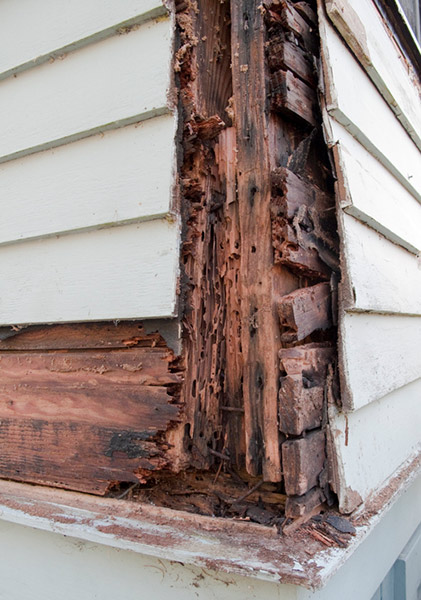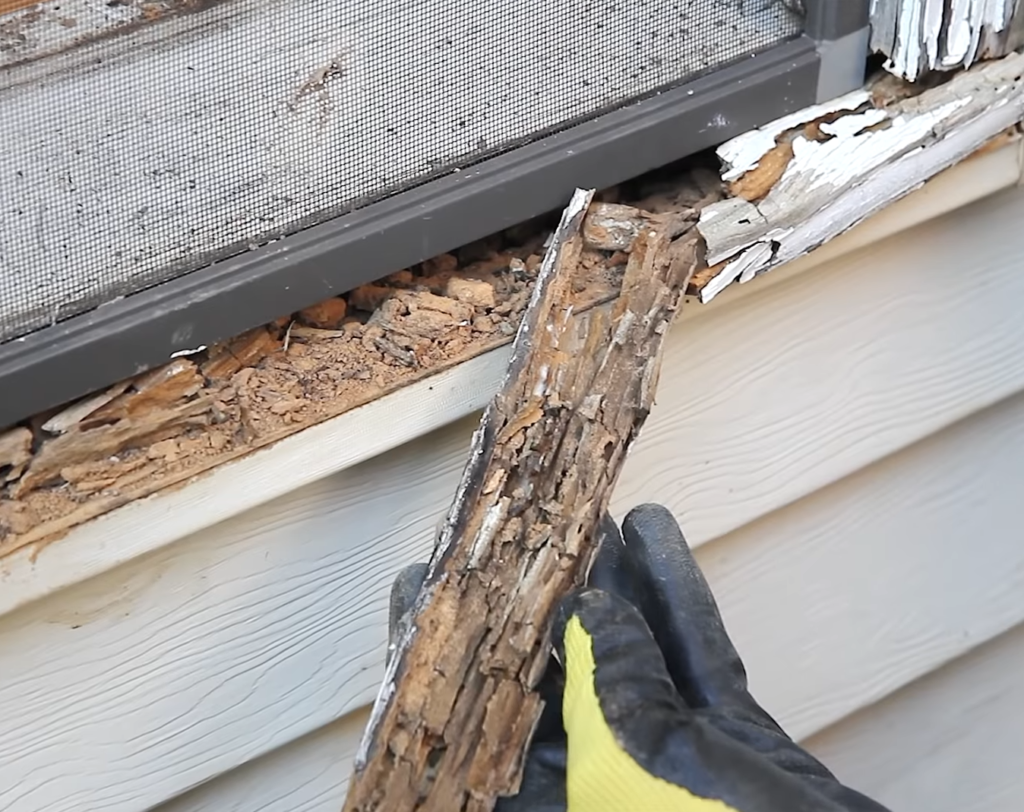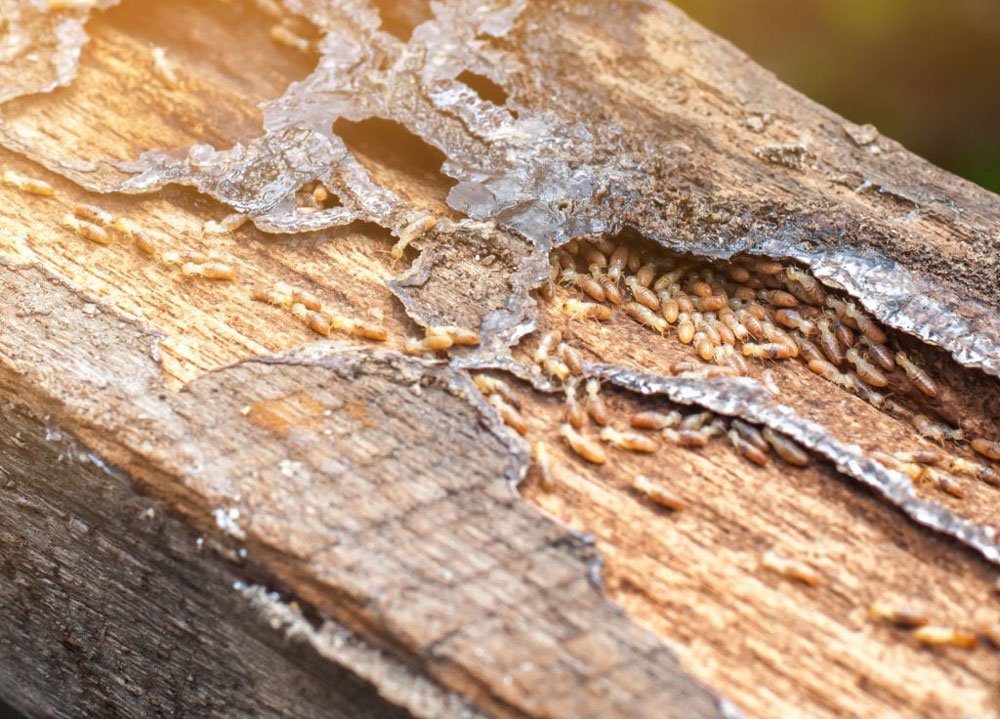Making Your Dream a Reality Since 1989
Contact Us Today!
Let Us Fix Any Structural Damage Caused by These Pests
Termites and other insects can be highly destructive to property. In fact, damage can run into the tens of thousands of dollars. What’s worse is that most of this damage is not covered by insurance policies, leaving you to pay for it out of pocket.
It’s important to deal with insect damage repair as soon as you notice any issues, especially if you find an active termite infestation in your home. The sooner you can get structural damage repair underway, the quicker you can remedy the issue and protect your property from further destruction.
Maybe you’ve noticed something that could indicate an insect problem but you aren’t sure if it’s insect damage or simply water damage. Unfortunately, the symptoms often look very similar. Termites easily affect homes primarily made of wood, but even if your home is covered in brick, you might still have termites. Termites can get behind brick, metal siding, plaster and a variety of other materials.
So how do you tell if your home is being affected by termites or other insects? Here are some signs of infestation:
If you suspect that your home might have an active insect infestation, it’s best to call a professional exterminator and then call castle construction to termite damage repair.

Termites can wreak havoc on your property, causing extensive damage that goes unnoticed until it’s too late. These destructive insects hide in the shadows, making it essential to be proactive in identifying the signs of termite infestation. By recognizing the red flags early on, you can take swift action and protect your home from further damage. In this article, we will explore the visible signs of termite damage and indicators of termite activity, allowing you to detect an infestation before it’s too late.
Termites are silent destroyers, working their way through the wooden structures of your property without leaving any obvious signs. However, there are a few visible indicators that you can spot if you know where to look.
Aside from visible signs of damage, there are subtle indicators that can help you identify termite activity in and around your property.
Aside from visible signs of damage, there are subtle indicators that can help you identify termite activity in and around your property.

Before you start repairing termite damage, it is crucial to assess the extent of the problem. Conducting a thorough inspection will help you determine the areas that have been affected and identify the severity of the damage. Here are some steps to follow:
Once you have assessed the extent of termite damage, it is time to start the repair process. Follow these steps to ensure effective restoration:
To prevent termite infestations, it is crucial to create a hostile environment that discourages termites from entering your property. Here are some key measures to consider:

To maintain a termite-free environment, regular maintenance is key. Here are some steps you can take:
One of the first steps in budgeting for termite and insect repair is assessing the extent of the damage. Inspecting the affected areas thoroughly will help to identify all the repairs needed. Additionally, it is crucial to consider the materials and labor costs required for each repair. Obtaining quotes from reputable professionals can provide a more accurate estimate of the total cost.
If the repair costs exceed your available budget, exploring financing options can be a viable solution. Home equity loans, personal loans, or credit cards are some possible financing options. It is essential to compare interest rates and terms to determine the most suitable option for your situation. Consulting with financial experts can help in making an informed decision and finding the best financing solution.
When it comes to termite and insect damage repair, Castle Construction stands out as the leading choice for homeowners. With years of experience and a proven track record, Castle Construction provides unmatched expertise and professionalism in handling termite and insect infestations. Here are some reasons why they are the best:
By choosing Castle Construction for your termite and insect damage repair needs, you can rest assured that your property is in the hands of professionals who are committed to providing the best solutions and ensuring your peace of mind.
Castle Construction will treat you like family from day one. We’re not your average general contractor! Call us at (301) 674-5580 to talk about your needs, or you can fill out our online form to get in touch.

gretschman4